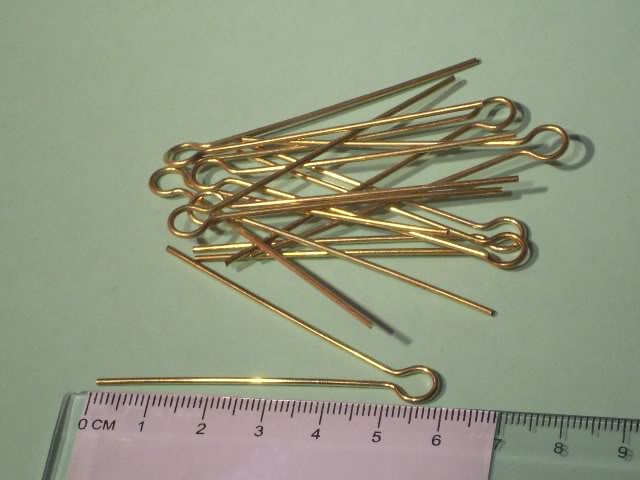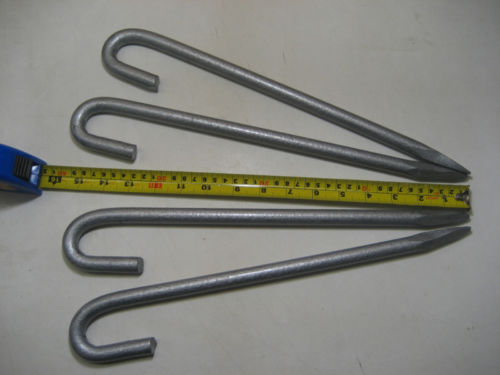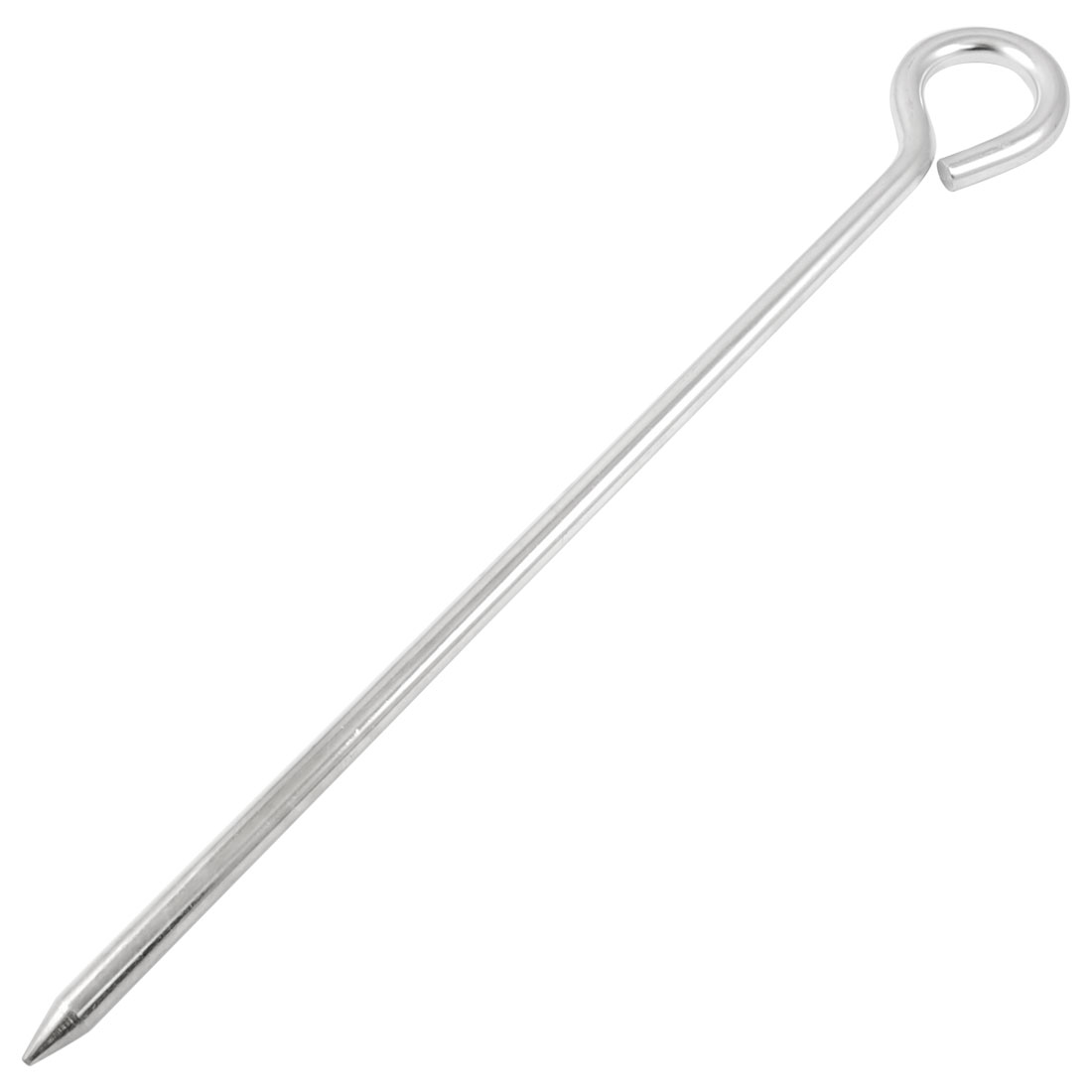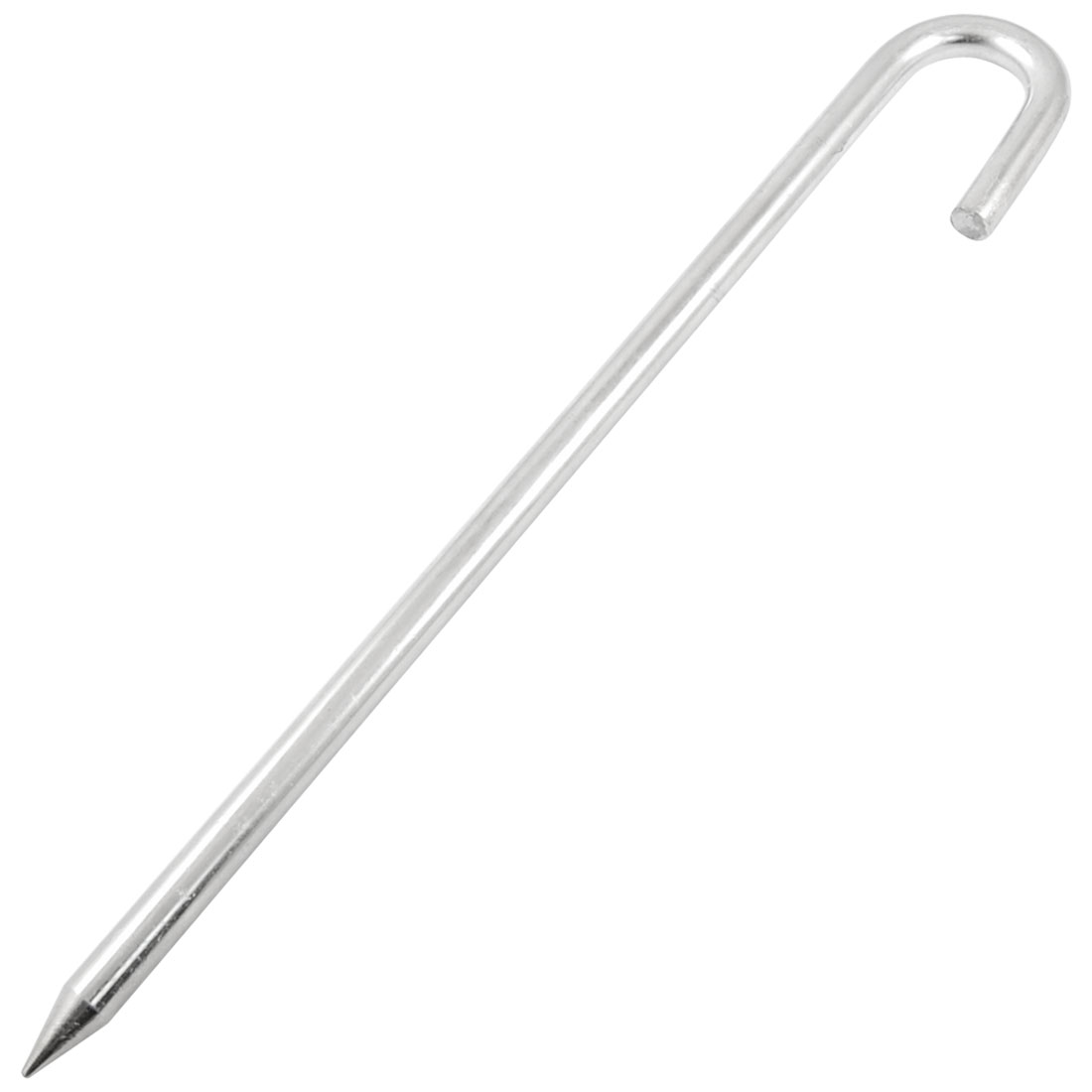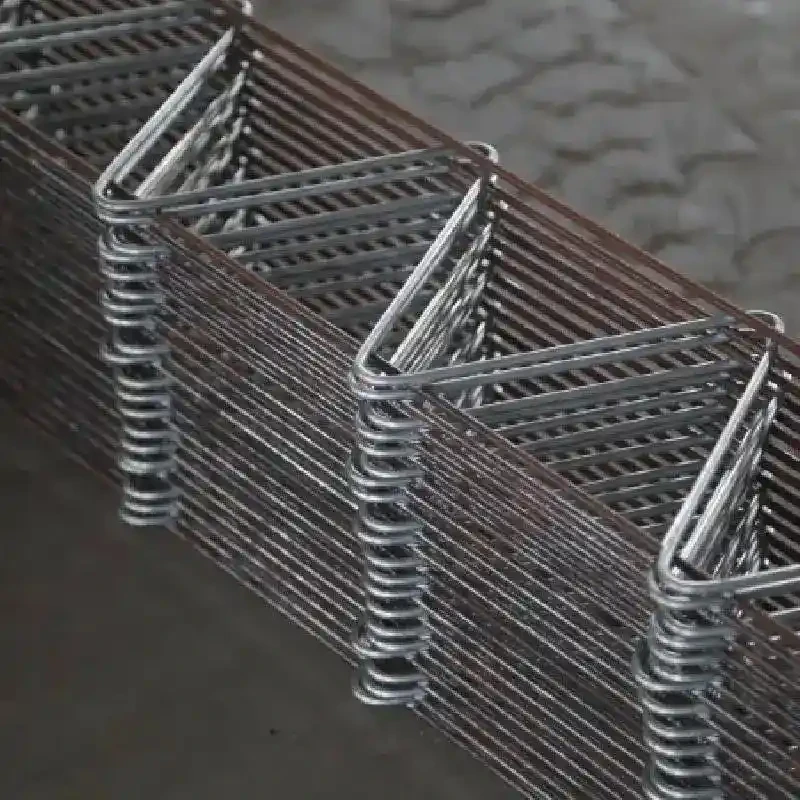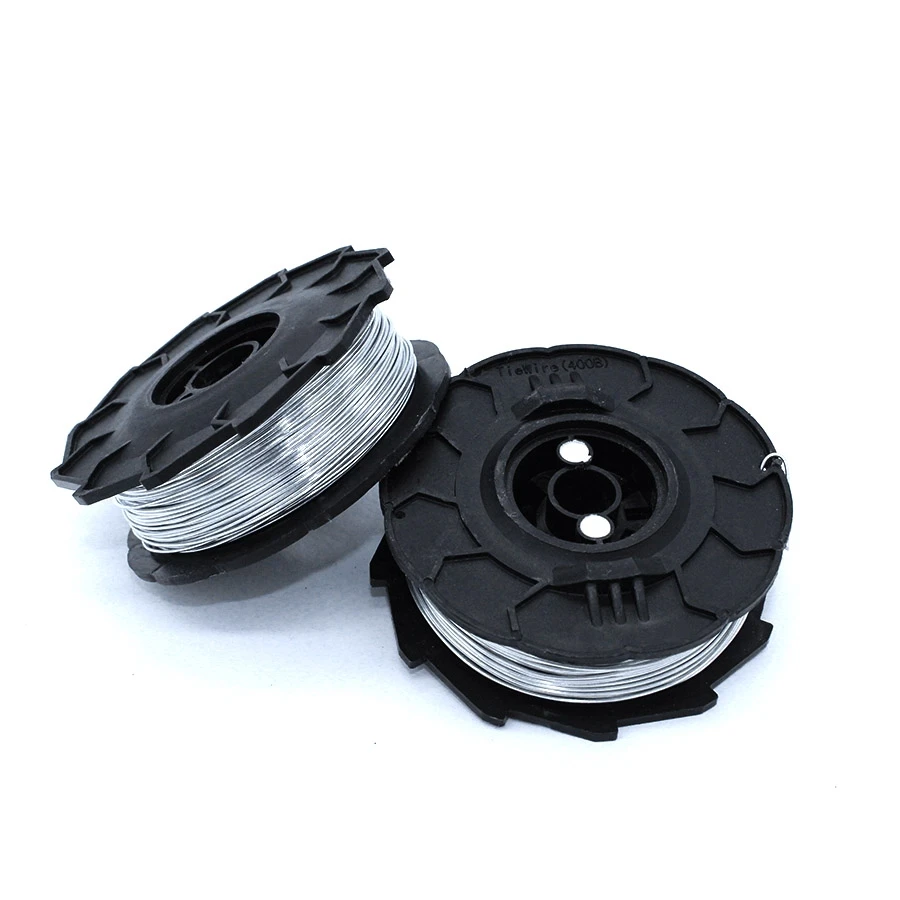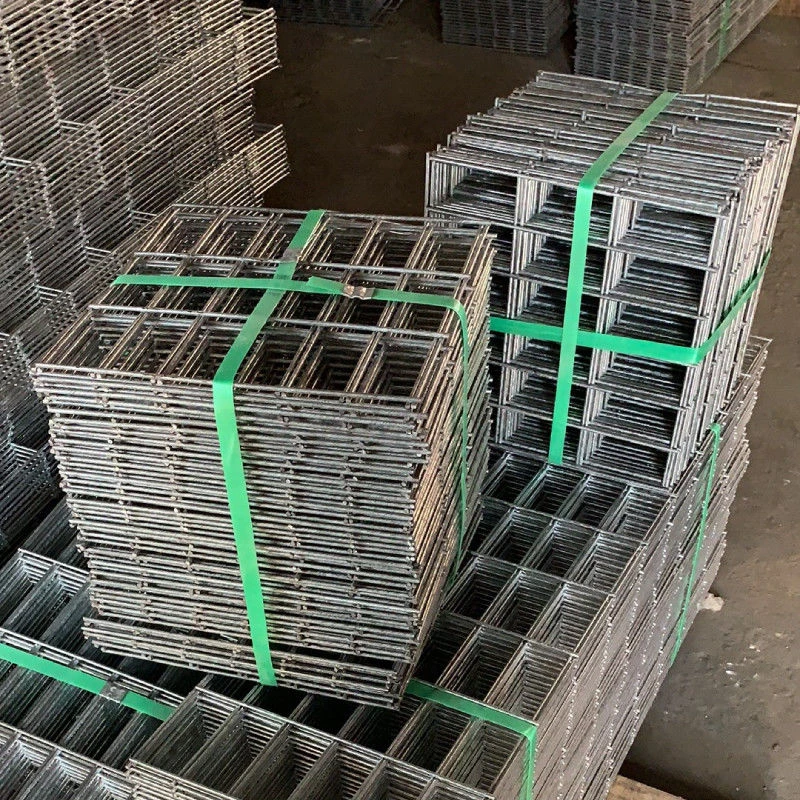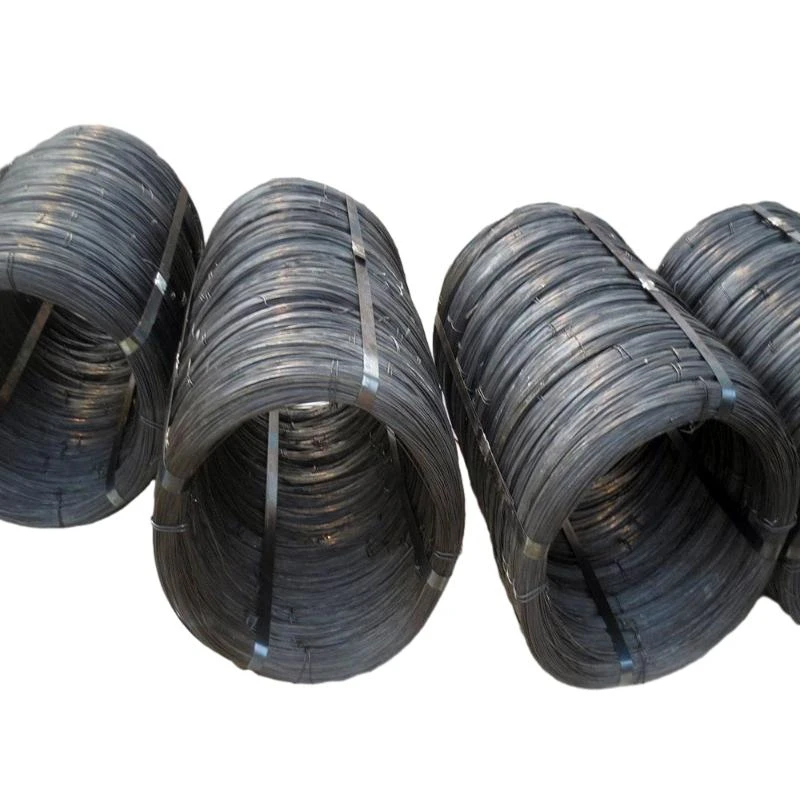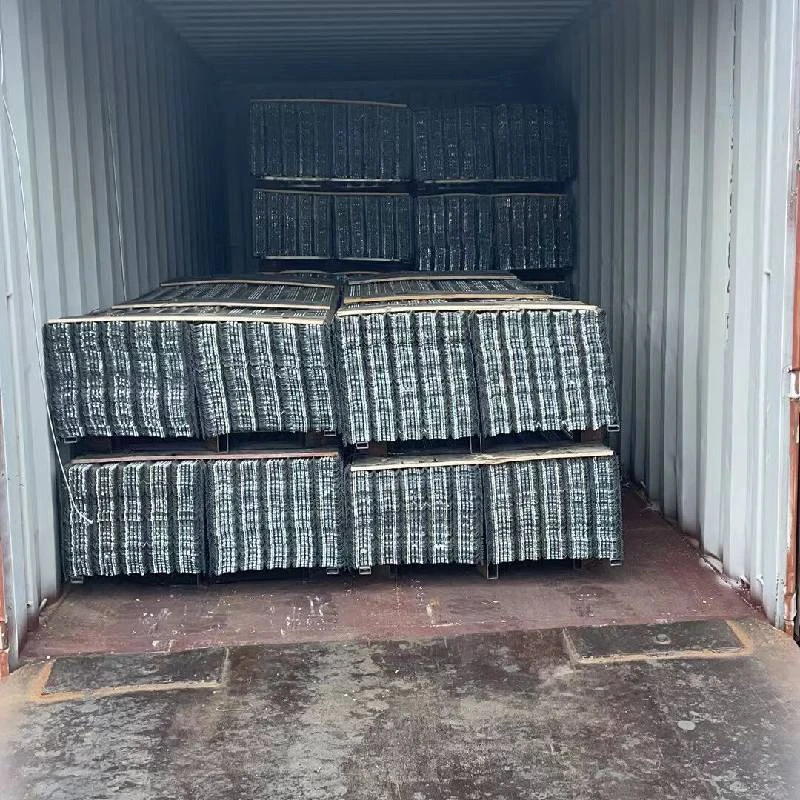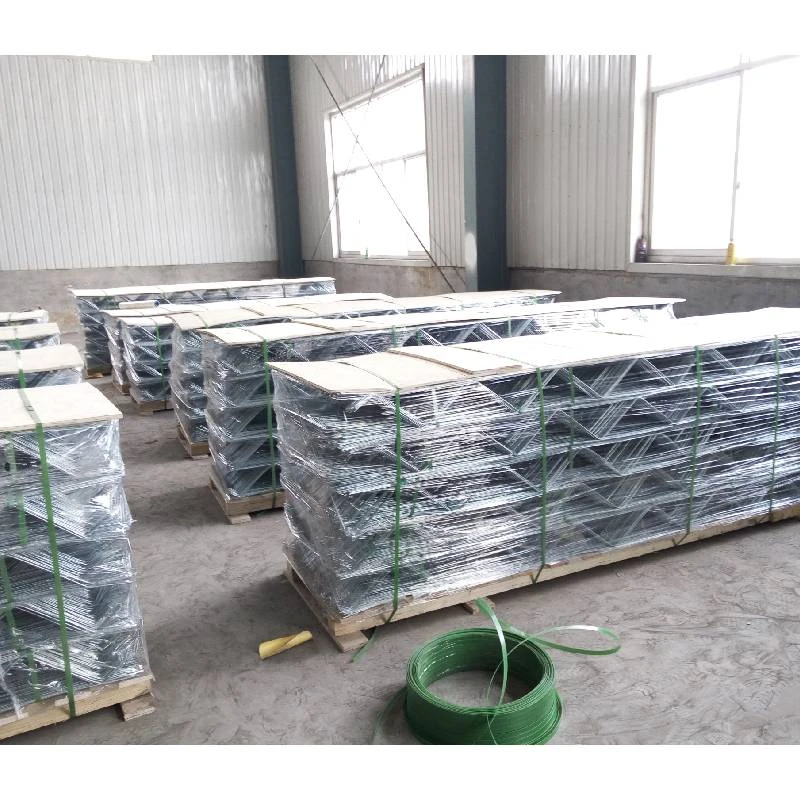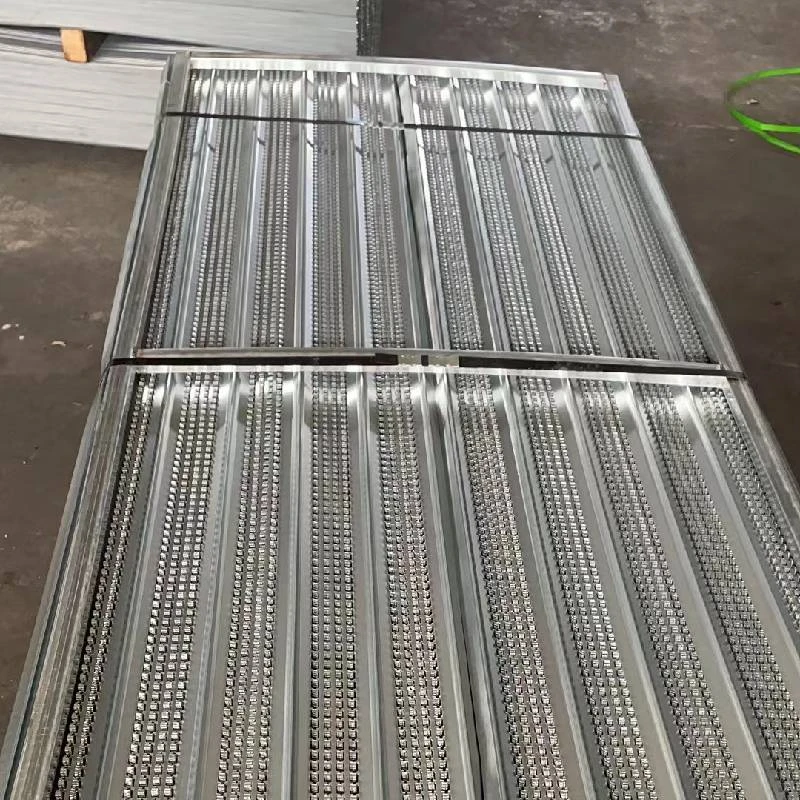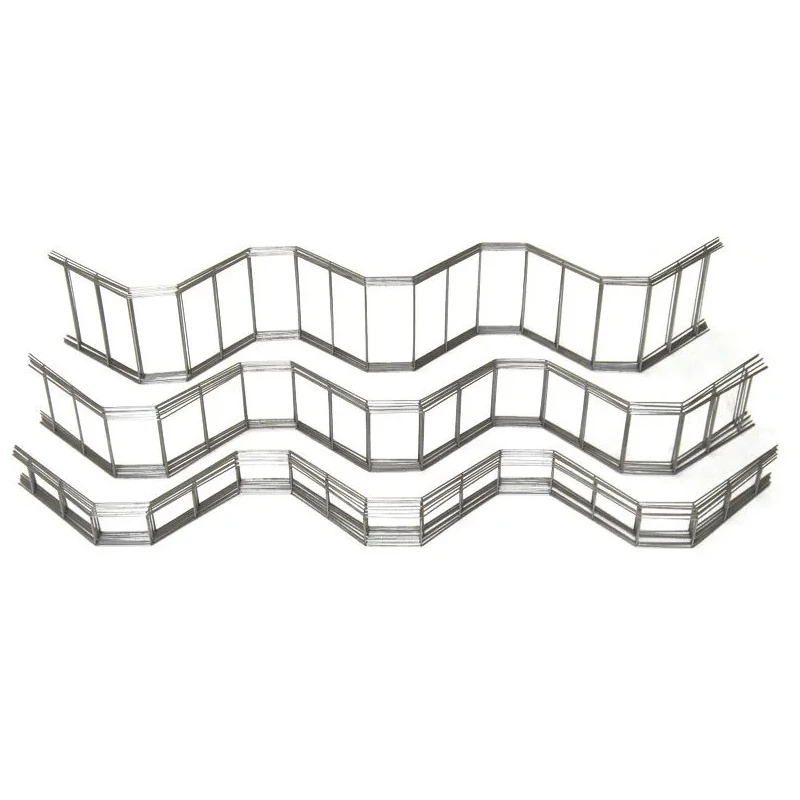Detailed description
Tent pegs are spikes or nails used to secure a tent to the ground. They are typically made of wood, metal, plastic, or composite materials and come in various shapes and sizes to suit different tent designs and ground conditions. Tent pegs usually have a pointed end for easy insertion into the ground and a hook or hole at the top to secure the tent guy lines or ropes. Some tent pegs may also have a rubber or plastic cap at the top to prevent damage to the tent fabric and provide better grip. Tent pegs are an essential component of any tent and are used to ensure stability and security in different户外 activities such as camping, hiking, and backpacking. They are also widely used in military, disaster relief, and event tents to provide temporary shelter and protection.
Application industries
Tent pegs are widely used in various industries, including camping, hiking, backpacking, military, disaster relief, event planning, etc. They are essential components for setting up tents, tarps, and other temporary structures in outside activities and events. Tent pegs are also used in construction, agriculture, and landscaping to secure fences, nets, and other structures to the ground.
Manufacturing process
The manufacturing process of tent pegs may vary depending on the material and design. Generally, tent pegs are made of wood, metal, plastic, or composite materials and are cut, shaped, and processed to achieve the required size, shape, and strength. Wood tent pegs may be cut from natural wood or made of composite materials such as fiberglass or plastic. Metal tent pegs may be made of steel, aluminum, or other metals and may be cast, forged, or machined to achieve the required shape and strength. Plastic tent pegs may be made of injection-molded plastic or other materials. Composite tent pegs may be made of a combination of different materials such as fiberglass and plastic to achieve the required properties. After the manufacturing process, tent pegs may be treated with surface finishes such as painting, coating, or plating to improve their appearance, corrosion resistance, and wear resistance.
Product Introduction
- Hook-shaped stakes: This type of stake is common and easy to use. Some brands and models are painted brightly on the upper part to make it easier to find when removing the stakes from the soil. The disadvantage of this type of stake is that when inserted into the soil, if not used properly, the rod may bend, and if the soil is too hard, stones cannot be used to strike it, and the circular rod may rotate in the soil, resulting in poor grip in soft soil such as mud, sand, or snow.
- V-shaped beam stakes: The V-shaped beam has a large contact area and strong grip, making it suitable for softer soil. However, it is not easy to insert into harder soil, and it does not rotate easily in the soil, but if the external force is too large, it will bend.
- Y-shaped beam stakes: The design of the Y-shaped beam makes it suitable for various soil conditions, with good grip and no rotation in the soil. It can be regarded as an all-rounder and is often found in super-light backpacks.
- Nail-shaped stakes: Nail-shaped stakes are the best choice for hard soil, originally designed to be driven into the soil with a stone or hammer. The contact area of the stake is large, providing stronger grip than the thinner stakes. Usually, it comes with a rope loop to assist in removing the stakes. The disadvantage is that it is not easy to hook the guy rope and often needs to be tied to the loop on the top of the stake.
- Needle-shaped stakes: This type of stake is often classified as a nail-shaped stake, but it is more like a needle. It can be driven into hard soil or even cracks without bending or damaging.
- Square rod stakes: Once the square rod stake is driven into hard soil, it will not rotate, providing better grip than the needle-shaped stake. However, it is more likely to break.
- Spiral stakes: Spiral stakes are best suited for soft soil or sand, as the spiral groove increases the friction between the stake and the soil during insertion, thereby improving...
Specifications
Description :
surface treatment:galvanized.
size:
4mm x 175mm
7mm x 215mm
8mm x 300mm
12mm x 450mm
Other size also available.
About Us
Our company can produce tent pegs in any shape and size according to customer requirements. Our experienced engineers and technicians can produce custom tent pegs according to customer drawings and specifications. If you have any specific requirements or questions about tent pegs, please feel free to contact us, and we will do our best to meet your needs.





















